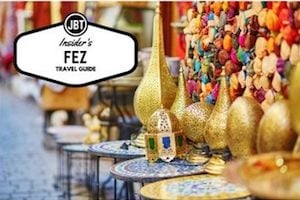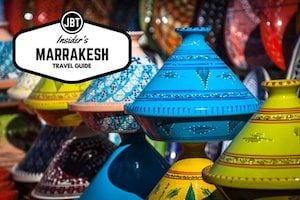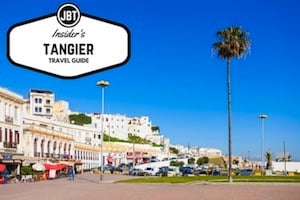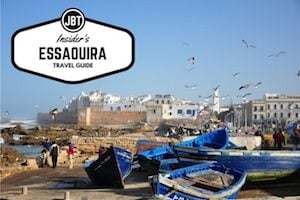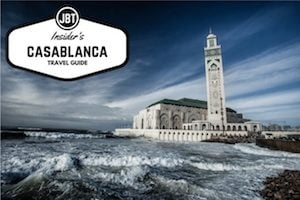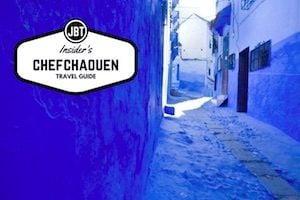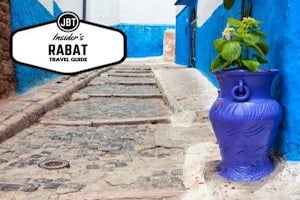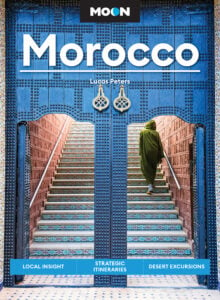The art of dance can tell a story. The beautiful movements are expressive forms of insight into thoughts and feelings as a story unfolds. This art form, also known as Moroccan Folklore, carries across tribal and language barriers throughout Morocco.
Each tribe exhibits a different style of Moroccan Dance to tell its story to the world.
Let us start with a dance called The Awash performed by the people in the Atlas Mountains and in the farther-removed Ouarzazate regions of Morocco. The men of the community take their seats around a fire. Each is wearing a piece of wood shaped into a circle and covered with animal hide. Creating an outside circle around the men, women dress in colorful garments. Silence falls over the community. There is no movement from the group. Suddenly, an intense cry breaks the silence; the men begin furiously beating drums. As the drumbeats become faster, the movement of the women keeps in tempo. This continues until the grand finale.
As winter approaches, many Moroccans prepare to lay down work tools and settle in for a long winter of relaxation. To mark this change in pace, a dance called The Ait Atta occurs (similar to The Awash). Woman in the community form one line and the men form a line on the opposite side. The music begins to sound. Movement soon follows. Facial expressions and gestures tell a powerful story without one word spoken. Here, it is clear that the community is celebrating the end of another long work season and welcomes winter with open arms.
Much of Moroccan dance performs in celebration of life and traditions. In this manner, the dance of The Ait Bodar takes place. Here, the celebration is traditional in nature. Ancient Moroccan warriors placed great emphasis on warriors fighting together as one to create a unified defense in battle. Present day battle warriors uphold the tradition by forming a line dressed in white gandora garments. The warriors link arms and begin to chant a fight song. Standing tall, the line of battle warriors move forwards and backwards while chanting. This symbolic dance represents unity in battle, in community and in spirit.
Whether performed as an act of celebration or in honor of long standing tradition, Moroccan dance tells stories. Each gives insight into how the people and cultures of Morocco’s past and Morocco’s history are treasured parts of today. Moroccan Dance is among some of the most beautiful in the world.
…see Morocco Dance and Music in Video [push “play”]
By Sam Mitchell
